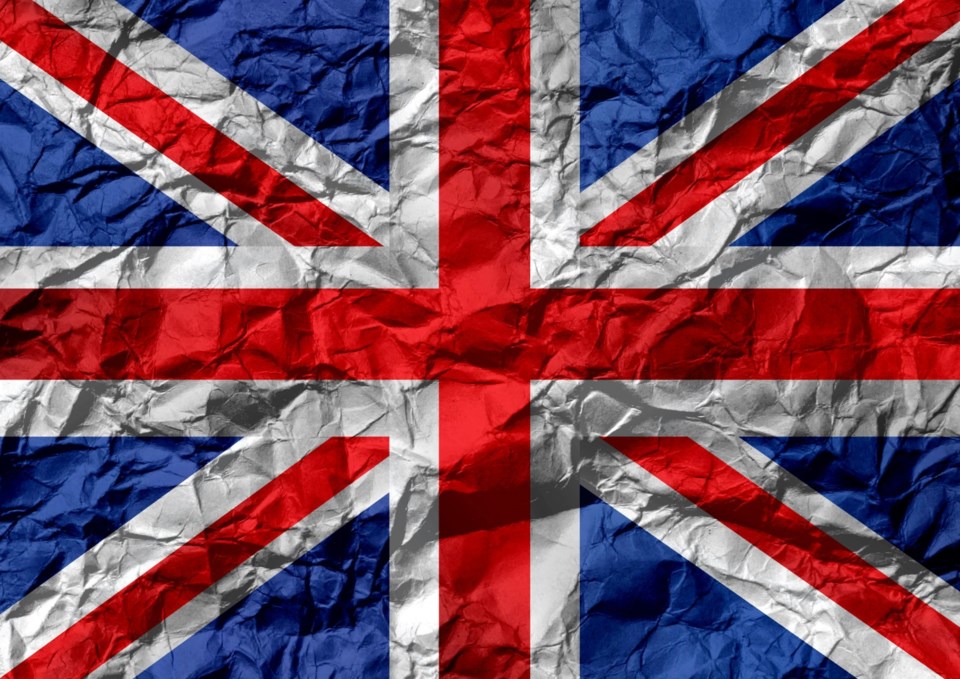SHAUNAVON — How did Lola and her fellow war brides adjust to life in Canada? So much about this new country was unfamiliar: large families (Lola herself had only two brothers) and modest farmhouses. She had grown up comfortably in a large home but their first residence in Canada was the porch of her in-law's house. There was extreme weather and snow. Language, food and customs were perhaps similar, but with many differences, too. The dry, Canadian prairie must have been a stark contrast to fond memories of summer trips to Weston-super-Mare in southwestern England, where Lola developed an enduring love of the ocean.
Washboards, dirt roads, wooden sidewalks and no phones or libraries were just some of the things that made Lola long for her home in England. A feeling of isolation must have been, at times, overwhelming.
Friendships were sometimes cultivated with other war brides or with women from the various clubs and organizations that existed. Women's church groups, service organizations, community clubs and the Legion auxiliary grew in importance during and after the war. There are several newspaper accounts of parties and bridal showers held for war brides and their children. Lola was a member of the Anglican Church and Anglican Church Women in Shaunavon and was an honored bride at one of these events.
War brides’ first impressions of Canada are also documented. While some of what they encountered was foreign to them, their youthful excitement and gratefulness still radiate from their words, some 76 years later. A fresh start in Canada was likely alluring versus an uncertain future in post-war England.
In addition to 47,000 war brides, there were 24,000 children born overseas who accompanied their mothers to Canada.
Lola’s daughter Bev says, “Mom’s determination to make a family carried her through many tough times; even when five of her children all had their tonsils out at the same time. She had support from her in-laws and many friends that she came to know.”
“Mom’s best friend was Lil Stevens. Her husband ran the Shaunavon Standard for years. Lil was one of our mom’s biggest supporters and companion after Dad passed away.”
Another best friend in Shaunavon was Margaret Brady. Margaret was not a war bride but did move to Canada with her parents, husband and daughter from England following the war. Their shared British upbringing would serve as a bond.
Lola’s daughters recall, “Mom would often get the local butcher to import eels, one of her favourite English treats. She would slice it, dip it in breadcrumbs and fry it in oil. Margaret was someone who would join her in eating it.”
Other ways she tried to maintain a British connection was by ordering comics from England for her children and listening to the queen’s New Year's message, as the monarchy was important to Lola. Welsh cakes, Christmas puddings and cockles and mussels are other foods the family recalls and they would make a point of buying her gifts from the British store in the cities when they could.
Lola’s only contact with her family in Britain was through letters, pictures and Christmas gifts and cards. Bev and Lola noted that they don’t have many photos of themselves as children as the photos taken were mostly sent to their grandparents overseas. Lola never saw her mother again, although she returned to England in 1972 to visit her dad and a brother.
Her dad was elderly, in poor health and hard of hearing. “Mom had lost her English accent over the years but as soon as she spoke with the accent, her Dad seemed to be able to hear her better,” recalls daughter Lola who accompanied her parents on that trip.
Lola embraced her new life in Canada while honouring her British roots. In addition to help from their husbands and in-laws, war brides relied on each other and on other women in the community for support, creating a sisterhood of shared experiences through the many challenges of motherhood and post-war life on the prairies.




